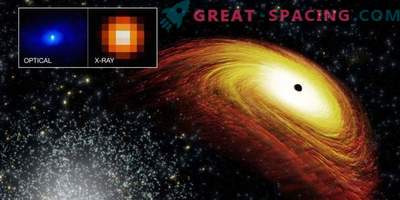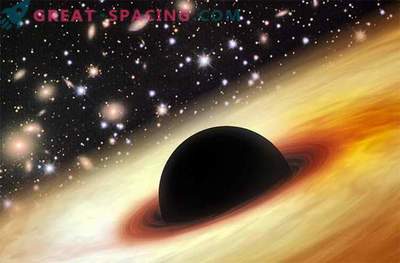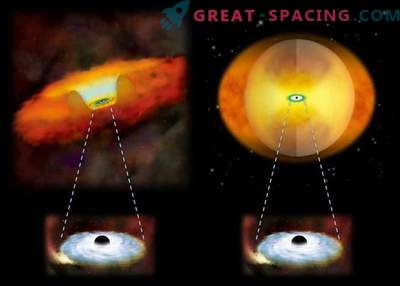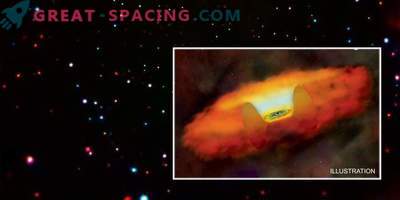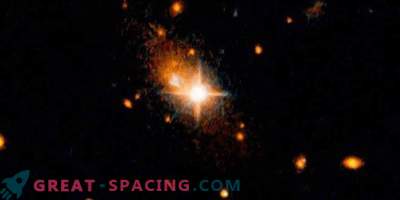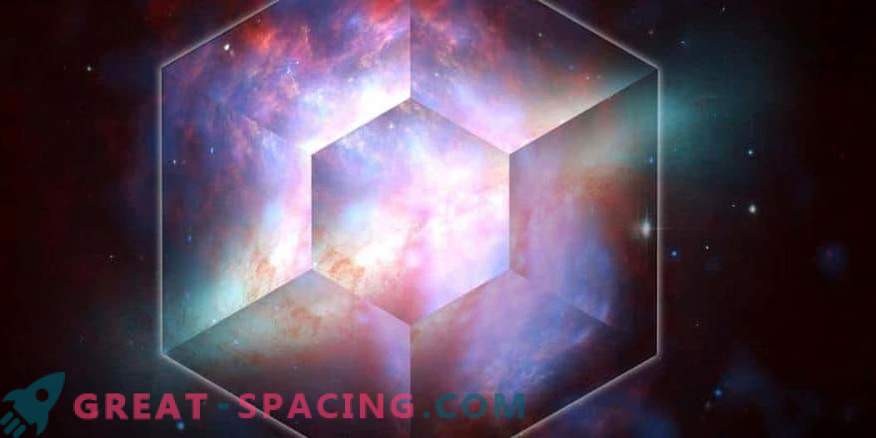
From the moment of the Big Bang, the space was absolute darkness. After a billion years, the universe has increased in size due to expansion and has become more transparent. As a result, galaxies, planets, stars and other objects appeared. This is the story we are used to.
But the details remain a mystery. A new study from the University of Iowa offers its own theory. They believe that the black holes living in the galactic centers, so strongly erupted material that it penetrated their cloudy environment, which allowed the light to escape. Scientists came to this conclusion after reviewing a nearby galaxy emitting UV light.
The observations show bright sources of x-rays that penetrate black holes. It is possible that these formations produce winds that allow the leakage of ionized rays from the stars to occur. As a result, it was black holes that could make our space transparent.
At the center of the study is the Tol 1247-232 galaxy, 600 million light-years away. In 2016, the Chandra telescope recorded the source of X-rays, whose brightness changed its power. Scientists have decided that this is a star. But the problem is that the stars do not behave this way. To fit the models, the object must be the size of a black hole. But how can a similar object emit a substance? Nobody knows. Black holes are still a mystery. We know that their strong attraction does not allow light to escape and they are embedded deep in the galactic plane. But some believe that the streams of runaway matter are in contact with the accelerated rotational energy of the hole.
When material is absorbed, the speed of a black hole increases. Therefore, gravity also grows, and speed produces energy. Matter gets inside, spins up and repels a part. Winds can open an escape route for UV light. This could happen to the early galaxies.




